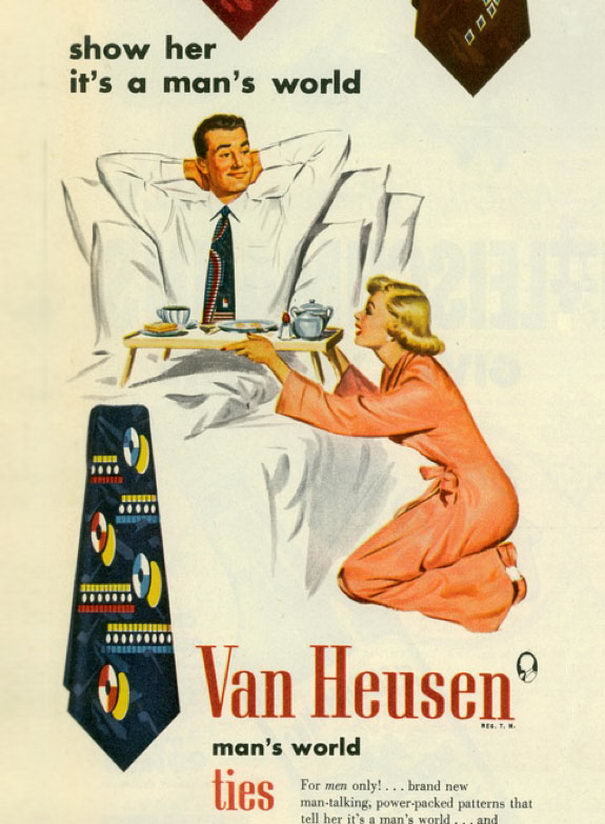David Gauntlets’ theory of identity suggests that we are now living in a world where the meaning of gender is increasingly open.
To what extent do you agree with this hypothesis in relation to print advertisements in the uk?
On the one hand, media representations, particularly of women, can be seen as representing gender stereotypes, despite the overly negative representations of women evolving over time, in modern media we still see some of these stereotypes portrayed.


In the past the ideological representation of women has been that women are objects, owned by their dominant male husbands and often not having careers, instead serving as housewives and mothers at home. The advertisements seen in the media, particularly in the 50s and 60s, would often depict women cleaning, mothering children or serving their husbands. Even in modern media products, we still see some of these representations in that cleaning products will typically involve female actresses, while adverts for products typically related to men, such as beer, will feature men; any women appearing in these adverts will usually be overly sexual and objectifying.
In modern media, we have evolved in that both the male and female gender are presented as more equal, with male dominance rarely being depicted in media products, and women being shown to be just as capable of being professional and career driven as men, while men are shown to be just as capable of cooking, cleaning and childcare as women are. Despite this, men and women are often shown as stereotypes or ideologies depending on the area. Typically women are shown to be more 'feminine' dressed in dresses or skirts, heels and typically womanly colours such as pink and purple, while men will wear more practical clothes, for example in america the average representation of a man would show him wearing blue jeans and a white shirt.


Comments
Post a Comment